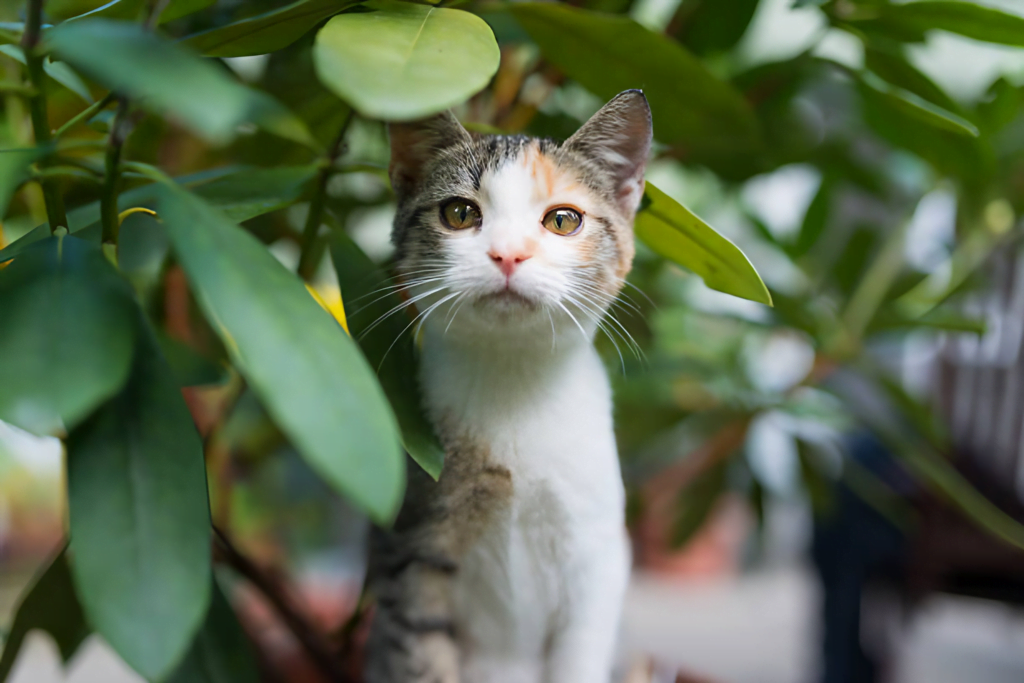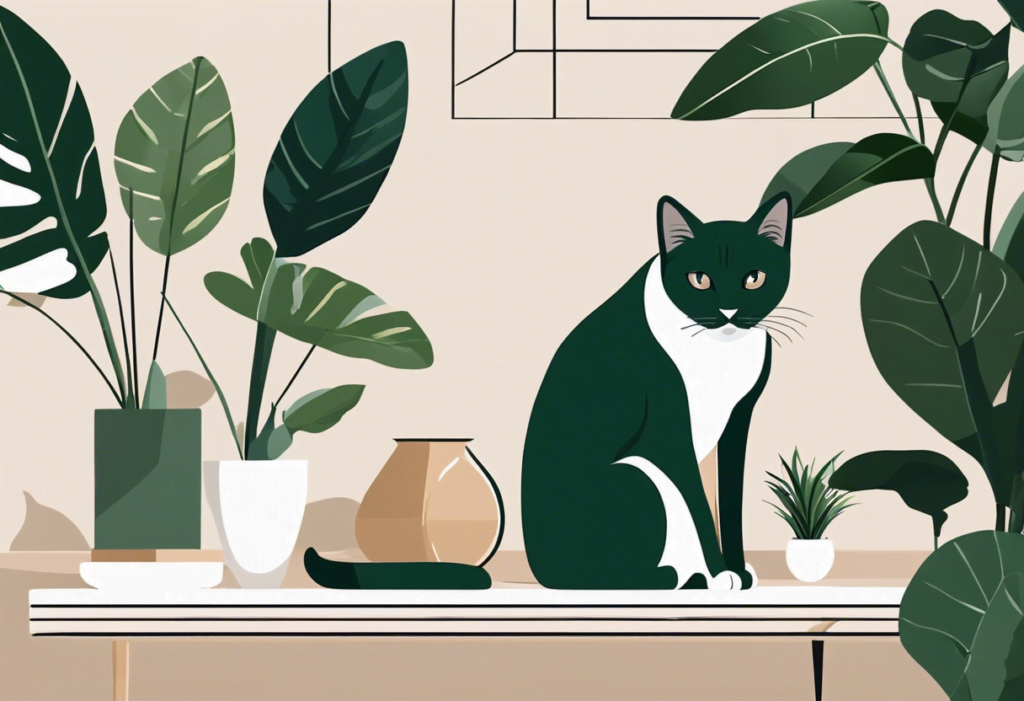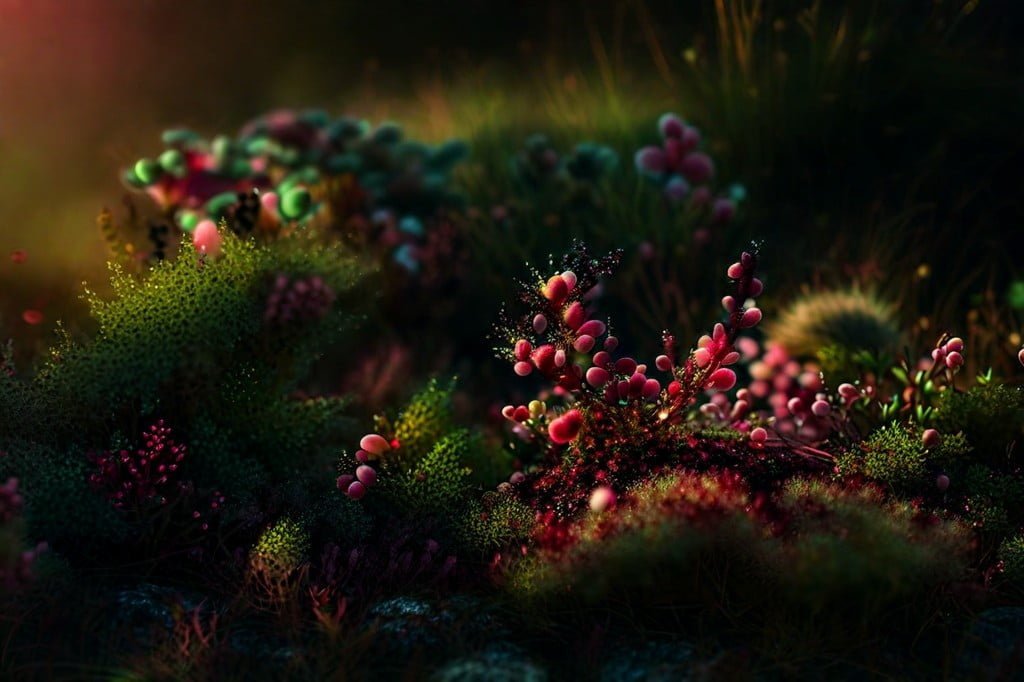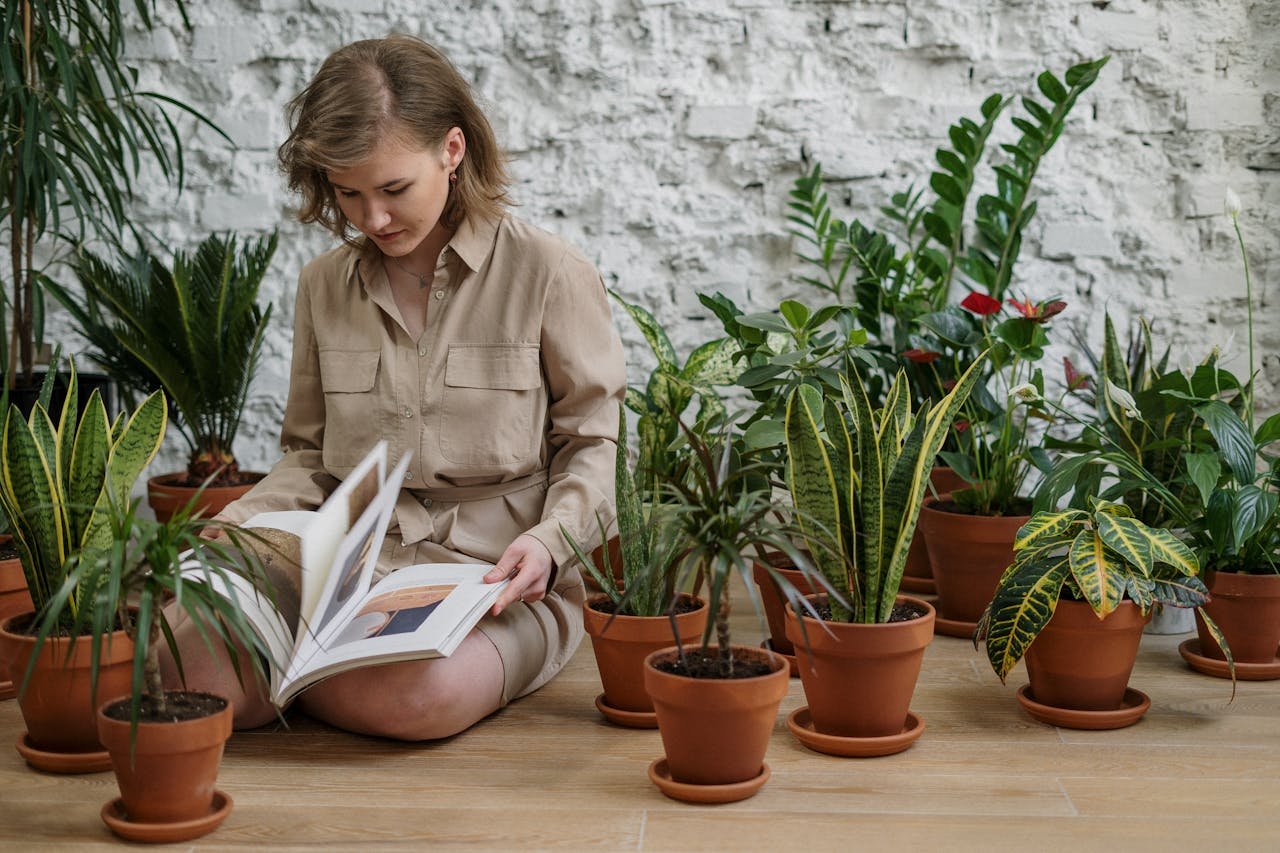
What Is zz plant toxic to cats?
- zz plant toxic to cats; I discovered ZZ plants a few years ago when I was looking for easy-to-care-for houseplants. The ZZ plant, scientifically known as Zamioculcas zamiifolia, is a popular choice among plant enthusiasts for many reasons. Its unique appearance with glossy, dark green leaves that almost look plastic makes it a striking addition to any room.
- One of the things I love about ZZ plants is their ability to thrive in low light conditions. This means I can place them in corners or areas of my home where other plants might struggle to grow. As someone with a busy schedule, I appreciate that ZZ plants are forgiving when it comes to irregular watering. I tend to forget about my plants from time to time, but my ZZ plant stays resilient despite my occasional neglect.
- Another feature that sets ZZ plants apart is their air-purifying qualities. Having a couple of these plants around not only adds a touch of green to my living space but also helps improve the air quality, creating a healthier environment for me and my pets.
- Interestingly, ZZ plants have tubers under the soil that store water, which is why they can go for long periods without watering. This unique characteristic also makes them resilient to drought conditions, making them a great choice for beginners or those who tend to forget their plants’ watering schedules.
- In conclusion, ZZ plants are not only visually appealing and easy to care for but also offer air-purifying benefits, making them a fantastic addition to any home.
Thank you for reading this post, don't forget to subscribe!
Understanding Cats Toxicity

I remember the scare I had when I found out that some plants could be toxic to cats. It’s crucial to understand which plants can be harmful so we can keep our feline friends safe. When it comes to cat toxicity, it’s not just about the ZZ plant; there are several other common household plants to be cautious about.
- Lilies: These beautiful flowers are extremely toxic to cats, especially if ingested. Even a small nibble on a leaf or petal can lead to severe kidney damage.
- Philodendrons: These popular houseplants contain calcium oxalate crystals that can cause irritation and swelling in a cat’s mouth and throat if chewed on.
- Pothos: Another common houseplant, pothos can cause vomiting, drooling, and difficulty swallowing if consumed by cats.
- Sago Palm: This plant is highly toxic to cats and can cause symptoms like vomiting, diarrhea, and even liver failure.
It’s essential to be vigilant and keep toxic plants out of reach of our curious feline companions. If you suspect your cat has ingested a toxic plant, don’t wait for symptoms to appear. Contact your veterinarian immediately or call a pet poison helpline for guidance. Remember that early intervention can make a significant difference in your cat’s prognosis.
As a cat owner, educating myself about cat toxicity has been eye-opening. It’s a responsibility to provide a safe environment for our pets, and knowing which plants to avoid is a crucial part of that.
Toxic Components of ZZ Plant
- I learned that the ZZ plant, scientifically known as Zamioculcas zamiifolia, contains calcium oxalate crystals. These tiny needle-shaped crystals are sharp and can cause irritation if ingested or come into contact with the skin or mucous membranes. I discovered that when a cat chews on or bites into the ZZ plant, these crystals can pierce the tissues in their mouth and throat, leading to symptoms like drooling, oral pain, and difficulty swallowing.
- Another toxic component present in the ZZ plant is a compound called raphides. These needle-like structures contain insoluble calcium oxalate crystals, which can trigger severe reactions in cats if consumed. I found out that when a curious feline nibbles on the ZZ plant leaves, these raphides can penetrate the delicate tissues in their mouth, tongue, and throat, causing intense discomfort and inflammation.
- Moreover, the sap of the ZZ plant is known to contain potentially harmful substances that can cause skin irritation in cats. If a cat comes into contact with the milky sap of the ZZ plant, it can lead to redness, itching, and inflammation on the skin. I realized that when grooming, cats may inadvertently get the sap on their fur, which could later come into contact with their skin during self-cleaning, exacerbating the irritation.
- In my quest to understand the toxic components of the ZZ plant, I discovered that while it is a low-maintenance and aesthetically pleasing houseplant, its potential harm to cats should not be underestimated. Being aware of these toxic components can help pet owners take necessary precautions to ensure the safety and well-being of their feline companions.
Symptoms of Toxicity in Cats
I noticed a few worrying signs in my dog that made me wonder if the ZZ plant was causing some issues. Here are some symptoms of toxicity in dogs to watch out for:
- Vomiting: One of the first signs I noticed in my cat was frequent vomiting. If you see your cat throwing up more than usual, it could be a red flag.
- Diarrhea: Another symptom I observed in my cat was diarrhea. Loose stools or an increased frequency of bowel movements could indicate toxicity.
- Lethargy: My usually playful cat became unusually lethargic. If your cat seems more tired than usual and lacks energy, it could be due to plant poisoning.
- Lack of appetite: cats are known for their love of food, so if your cat suddenly loses interest in eating, it might be a sign of toxicity.
- Drooling: Excessive drooling or drooling that is out of the ordinary for your cat could indicate that something is wrong.
- Difficulty breathing: In severe cases of toxicity, your cat may experience difficulty breathing. If you notice rapid or labored breathing, seek immediate veterinary attention.
In my case, I observed a combination of these symptoms in my cats after she had been near the ZZ plant. It’s essential to be vigilant and seek veterinary care if you suspect that your cat has been poisoned by a plant.
Immediate Actions to Take if a Cats Ingests ZZ Plant
As a cat owner, the well-being of my furry friend is always a top priority. Discovering that my mischievous cat has nibbled on my ZZ plant instantly sent me into panic mode. Here are the immediate actions I took and recommend if you find yourself in a similar situation:
- Stay Calm: While it’s alarming, staying calm is crucial. Panicking won’t help the situation and can cloud my judgment.
- Remove the Plant: The first thing I did was to safely remove the ZZ plant from my cats reach to prevent further ingestion.
- Contact a Veterinarian: I promptly called my vet to seek professional guidance. I provided details on the plant ingested and my cats symptoms.
- Monitor Symptoms: I closely monitored my cat for any signs of distress such as vomiting, drooling, or lethargy. These could indicate toxicity.
- Do Not Induce Vomiting: Unlike some toxic ingestions, with ZZ plants, it’s advised not to induce vomiting without veterinary advice.
- Bring a Sample: If advised by the vet, I brought a sample of the plant my cat ingested to assist in identification and treatment.
- Follow Vet’s Recommendations: I followed all instructions given by the veterinarian, whether it was to observe at home or bring my cat in for evaluation.
In stressful situations like these, it’s essential to act swiftly but calmly. The health and safety of my cat were paramount, and following these steps helped me navigate this potentially hazardous scenario with more confidence.
Preventative Measures to Protect Cats
I can’t help but worry about my curious feline friend getting into plants that could harm her. To keep my dog safe from any potential dangers posed by ZZ plants or other toxic plants, I follow these preventative measures:
- Research: Before bringing any new plant into my home, I make sure to research whether it is safe for cats. Websites like the ASPCA’s list of toxic and non-toxic plants are incredibly helpful.
- Placement: I strategically place all my plants out of my cats reach. High shelves, hanging planters, or dedicated plant rooms are great options to ensure my cat can’t nibble on anything harmful.
- Cat-friendly alternatives: To satisfy my cat’s natural inclination to chew on plants, I provide her with safe alternatives like cat grass or catnip. This helps divert her attention away from potentially toxic plants.
- Training: Just like I would childproof my home, I train my cat not to go near certain areas or plants. Positive reinforcement and redirecting her behavior have been effective in keeping her away from dangerous flora.
- Symptom awareness: I educate myself on the symptoms of plant poisoning in cats so that I can act quickly in case of an emergency. Knowing the signs of toxicity can be lifesaving for my furry companion.
Remember, prevention is key when it comes to keeping our beloved pets safe. By taking these simple steps, I can enjoy the beauty of indoor gardening without putting my cat at risk.
Safe Alternatives to ZZ Plant for Cats Owners
When I found out that ZZ plants are toxic to cats, I knew I had to look for safe alternatives that would still add a touch of green to my home. Here are some options I discovered that are both cat-friendly and easy to care for:
- Spider Plant: Not only is the spider plant safe for cats, but its long, spindly leaves can also provide a fun play opportunity for your feline friend.
- Boston Fern: This lush and leafy plant is a safe choice for cats owners and adds a beautiful splash of green to any room.
- Parlor Palm: With its delicate fronds and easy maintenance, the parlor palm is a perfect non-toxic option for cat households.
- African Violet: If you’re looking for a pop of color, African violets are safe for cats and come in a variety of hues to brighten up your space.
Remember to always research any plant thoroughly before bringing it home to make sure it’s safe for your beloved furry companions. As a cat owner, it’s essential to create a green and safe environment for both your plants and pets.
As much as I loved the look of ZZ plants, I couldn’t risk having them around my cats. Exploring these safe alternatives not only put my mind at ease but also allowed me to diversify the greenery in my home without worrying about any potential harm to my furry friend.
Consulting a Vet for Treatment
I have read that ZZ plants are toxic to cats, and I am worried about my feline friend’s safety. As a responsible pet owner, my first step would be to consult a vet for proper guidance and treatment if needed.
When discussing the potential toxicity of ZZ plants with my vet, I would provide as much information as possible. This includes details such as any symptoms my cat is displaying, the possibility of ingestion of ZZ plant leaves, and the time that has passed since the suspected ingestion.
Consulting a vet involves several steps:
- I would schedule an appointment with my vet as soon as possible to address any concerns about my cats health.
- During the appointment, I would describe the situation accurately, including any behavioral changes or physical symptoms my cat may be experiencing.
- I would bring a sample of the ZZ plant or a photo for the vet to identify and confirm if it is indeed toxic to cats.
- Based on the information provided, the vet might recommend treatments such as inducing vomiting, administering activated charcoal, or providing supportive care to alleviate any symptoms.
It is crucial not to delay seeking professional help when dealing with potential plant toxicity in pets. A vet is the best person to assess the situation and provide appropriate treatment to ensure the well-being of my beloved cats.
Remember, when in doubt, always consult a vet for guidance and treatment tailored to your pet’s specific needs.
Myths and Facts about ZZ Plant Toxicity
I once heard that ZZ plants are extremely toxic to dogs, but after doing some research, I discovered that there are a lot of myths surrounding this topic. Let me share some myths and facts to shed light on ZZ plant toxicity:
- Myth: All parts of the ZZ plant are toxic to cats. Fact: While ZZ plants do contain calcium oxalate crystals, which can cause mild irritation if ingested, the level of toxicity is relatively low compared to other common houseplants.
- Myth: Cats can die from chewing on ZZ plant leaves. Fact: It is unlikely for cats to suffer fatal consequences from nibbling on ZZ plant leaves unless they have a severe allergy or ingest a large quantity. In most cases, cats will experience minor symptoms like drooling or vomiting.
- Myth: ZZ plants are more toxic to cats than other popular houseplants. Fact: Many common houseplants, such as lilies and philodendrons, pose a higher risk to cats than ZZ plants. While caution should always be exercised with any plant around pets, ZZ plants are considered to have a low level of toxicity.
- Myth: ZZ plants should be avoided in homes with cats at all costs. Fact: With proper precautions, such as placing the ZZ plant out of reach or using deterrents like bitter sprays, it is possible to safely have a ZZ plant in a home shared with cats.
Remember, while ZZ plants may not be as harmful to cats as once believed, it is essential to monitor your pets’ interactions with plants and seek veterinary advice if you notice any concerning symptoms after exposure.
The Future of ZZ Plant Safety for Pets
I ponder the future of ZZ plant safety for pets as more awareness is raised about the potential hazards of this common household plant. Reflecting on the current scenario where many pet owners are oblivious to the risks, I envision a future where education plays a pivotal role in keeping our furry friends safe.
- As I envision the future, I see pet stores and plant nurseries providing detailed information on toxic plants like the ZZ plant. This proactive approach will empower pet owners to make informed decisions before bringing greenery into their homes.
- In this future version of responsible pet ownership, I visualize online resources and social media platforms spreading awareness about the dangers of certain plants to pets. This readily accessible information will be crucial in preventing accidental poisonings.
- I imagine a world where veterinary clinics routinely discuss plant safety during check-ups, emphasizing the importance of knowing which plants pose a threat to our beloved companions. This shift in veterinary care will undoubtedly contribute to a safer environment for pets.
- Looking ahead, I see innovative technologies being developed to quickly identify unknown plants, offering an added layer of protection for curious pets. Apps or devices that can recognize toxic flora will be valuable tools in safeguarding our animals.
In this future landscape, I envision a community of well-informed pet owners who prioritize the safety and well-being of their furry family members. By staying educated and vigilant about plant toxicity, we can create a safer environment where our pets can thrive without encountering unnecessary risks.





Comments are closed.